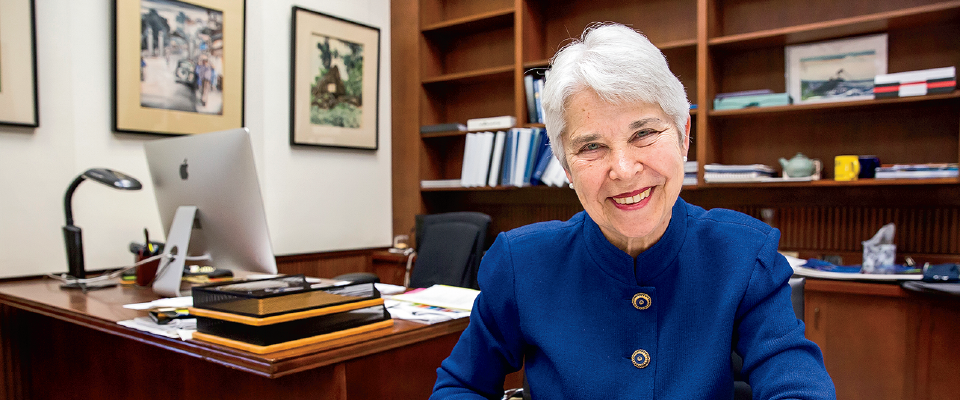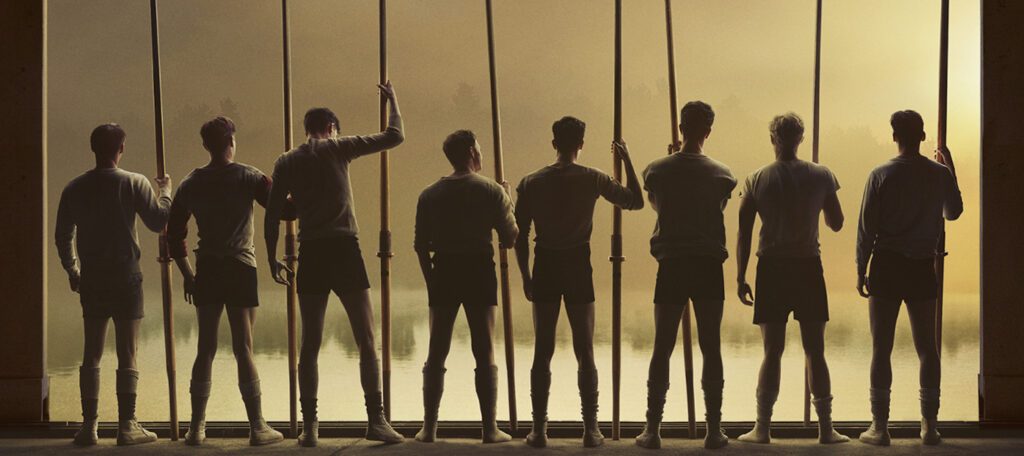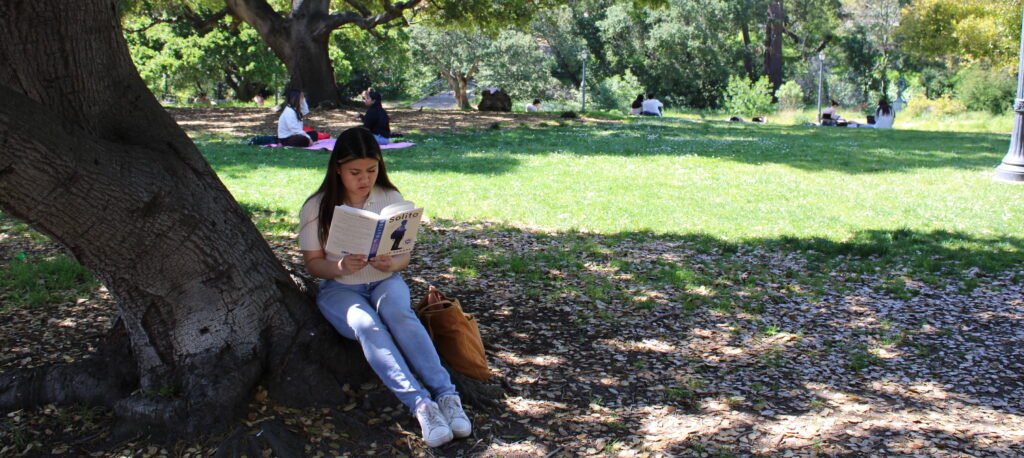“We may all be in the same storm, but we are not in the same boat.”
I have always said that I like hard problems, but the current set of crises we are facing is challenging even my taste for the difficult. As a nation, we are facing three complexly inter-related series of events—the pandemic, the economic disruption resulting from it, and urgent self-questioning about social justice and systemic racism.
We may all be in the same storm, but we are not in the same boat. The pandemic has amplified the inequalities of our world to a point at which all that connects us seems to be cracking apart. I often think of the lines from W. B. Yeats’ poem, “The Second Coming”: “Things fall apart; the centre cannot hold;/ Mere anarchy is loosed upon the world.”

We are living in a historic moment when things are shifting about us in ways that will have a profound impact upon the future. The apocryphal curse, “May you live in interesting times,” seems hardly adequate to the moment.
It was Robert F. Kennedy who brought the supposed Chinese curse into the public’s attention in a speech he gave in Cape Town in 1966: “Like it or not, we live in interesting times. They are times of danger and uncertainty, but they are also the most creative of any time in the history of mankind.” Charles Dickens said it differently, in response to another historical cataclysm, the French Revolution: “It was the best of times, it was the worst of times, it was the age of wisdom, it was the age of foolishness, it was the epoch of belief, it was the epoch of incredulity, it was the season of Light, it was the season of Darkness, it was the spring of hope, it was the winter of despair.”
Like all of society’s institutions, colleges and universities are seeking to navigate this triple crisis—in the face of great uncertainty, in which it is hard to make predictions about or plans for what things will be like even a month from now. The situation has challenged the most basic assumptions about higher education. From medieval times, universities have been structured by and around congregation—students and faculty coming together to learn from each other, to build relationships. The world of remote learning and work, of social distancing, bears scant resemblance to our ideas of what college life is meant to be. Now, as we grapple with a very different mode of operation, our financial models have been shaken. And the country’s current crisis in regard to systemic racism and social justice has motivated us to ask with great urgency whether our institutions provide the social mobility we promise.
I tell my leadership team often that we cannot be focused only on the pandemic. The day after also demands and deserves our careful attention.
People often criticize the academy as being slow to change, sclerotic in its pace, unable to adapt. But at the current moment, I think we are seeing something very different. At Berkeley, when we moved to remote operation in March, we changed the way in which we deliver instruction and the way in which we work—in about a week. We devoted the summer to ensuring our remote instruction embodies best practices, investing resources in creating a “Semester in the Cloud” for our required, gateway, and popular courses, and providing grants to graduate student/faculty teams to develop remote versions of their courses for fall. In all this work, I see enormous creativity, dedication, and resilience. Many feel excitement and great hope about the ways in which we will be able to extend our reach after the pandemic is over, give more location flexibility to our students, and expand access to a Berkeley education. We are doing this all with an equity lens, trying to achieve not only a diverse demographic in our student body, but equity of experience as well. In the late summer, we celebrated the admission of our most diverse class in 30 years.
I tell my leadership team often that we cannot be focused only on the pandemic. The day after also demands and deserves our careful attention. The University, I believe, will be transformed by this triple crisis. And that, I believe, can be a good thing. A very good thing. Events of the last few months have reaffirmed that our Berkeley community has the creativity, dedication, and resilience to emerge an even stronger and more flexible university for the challenges these trials present.
From the Fall 2020 issue of California.





















